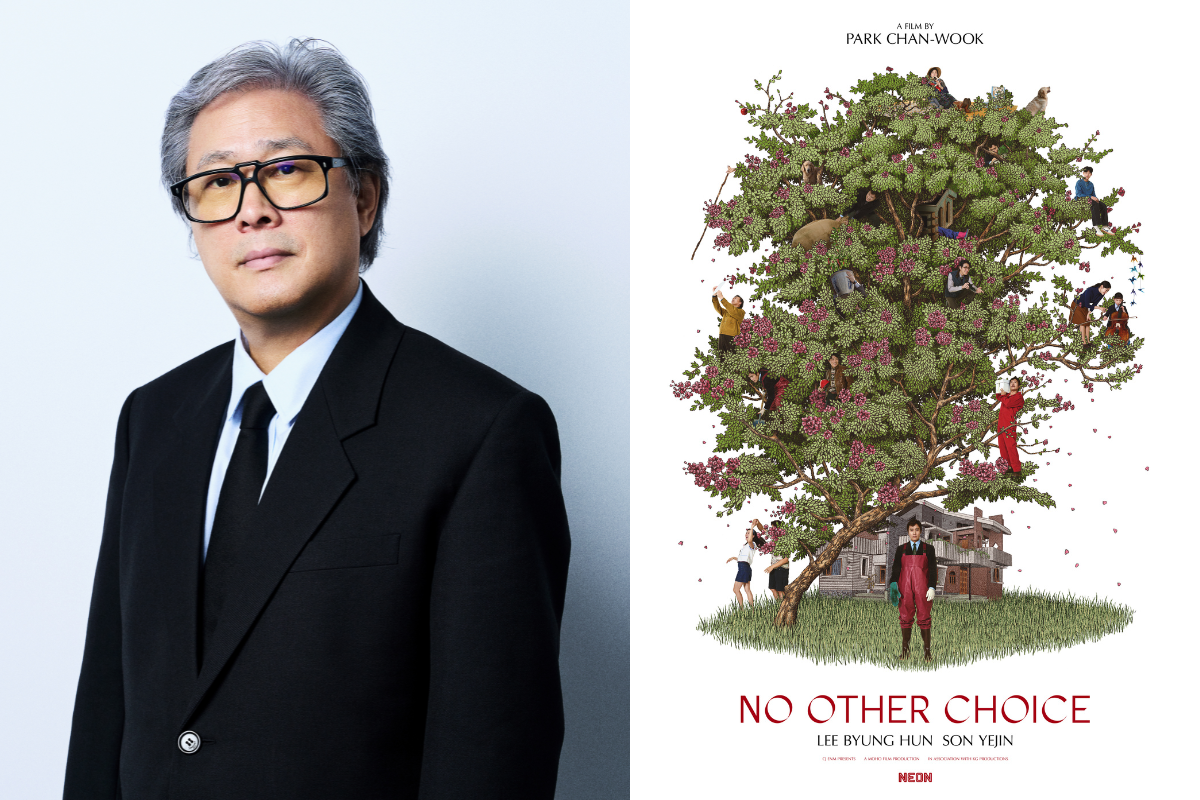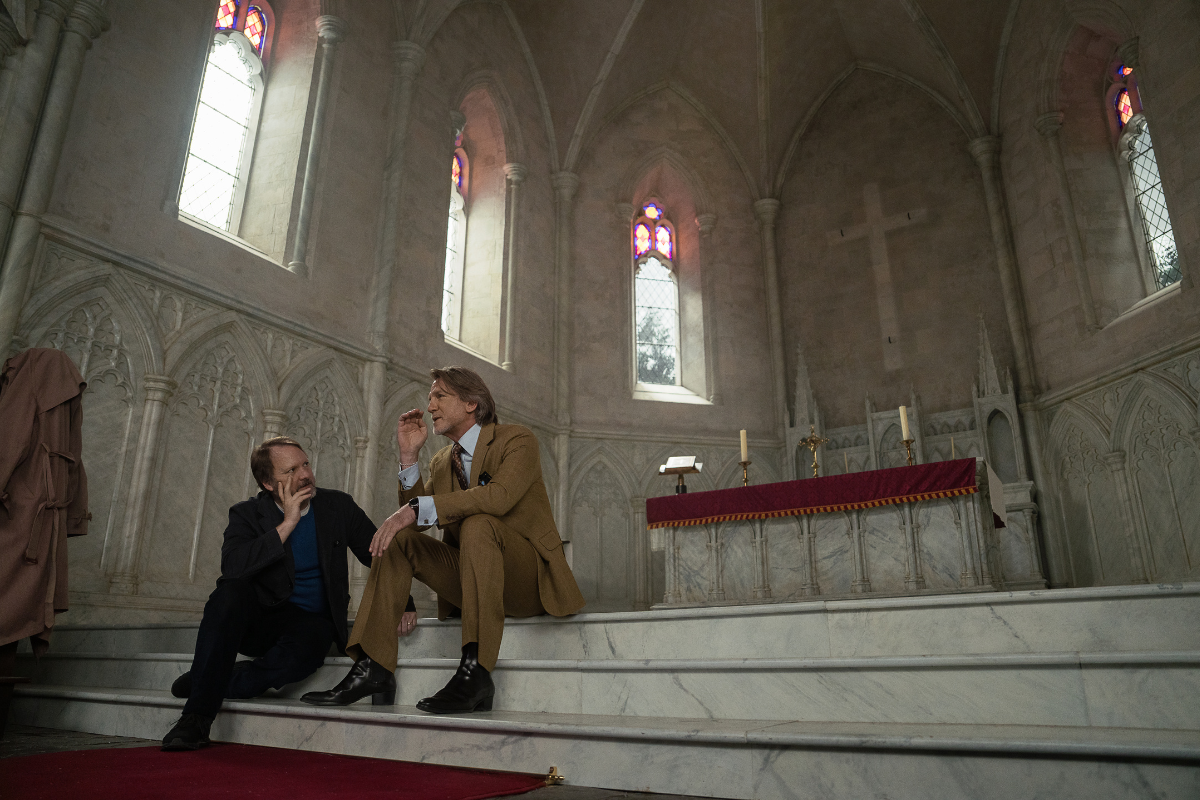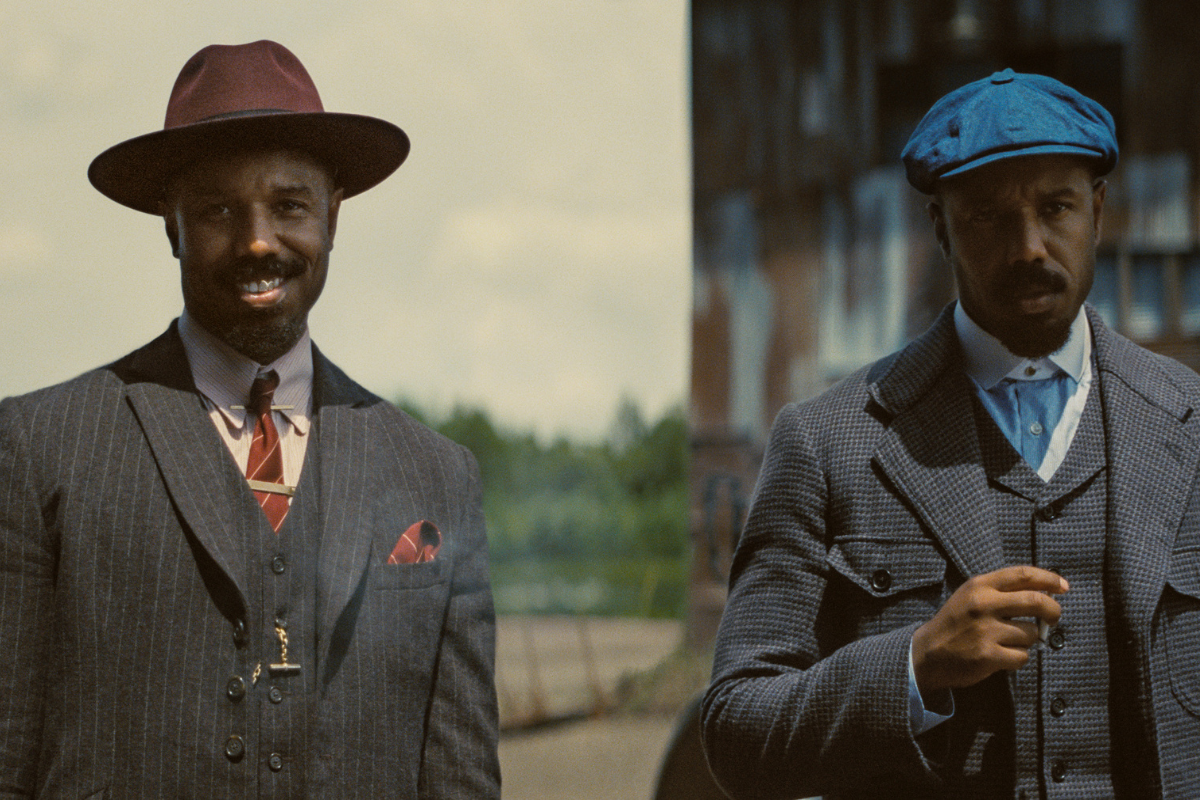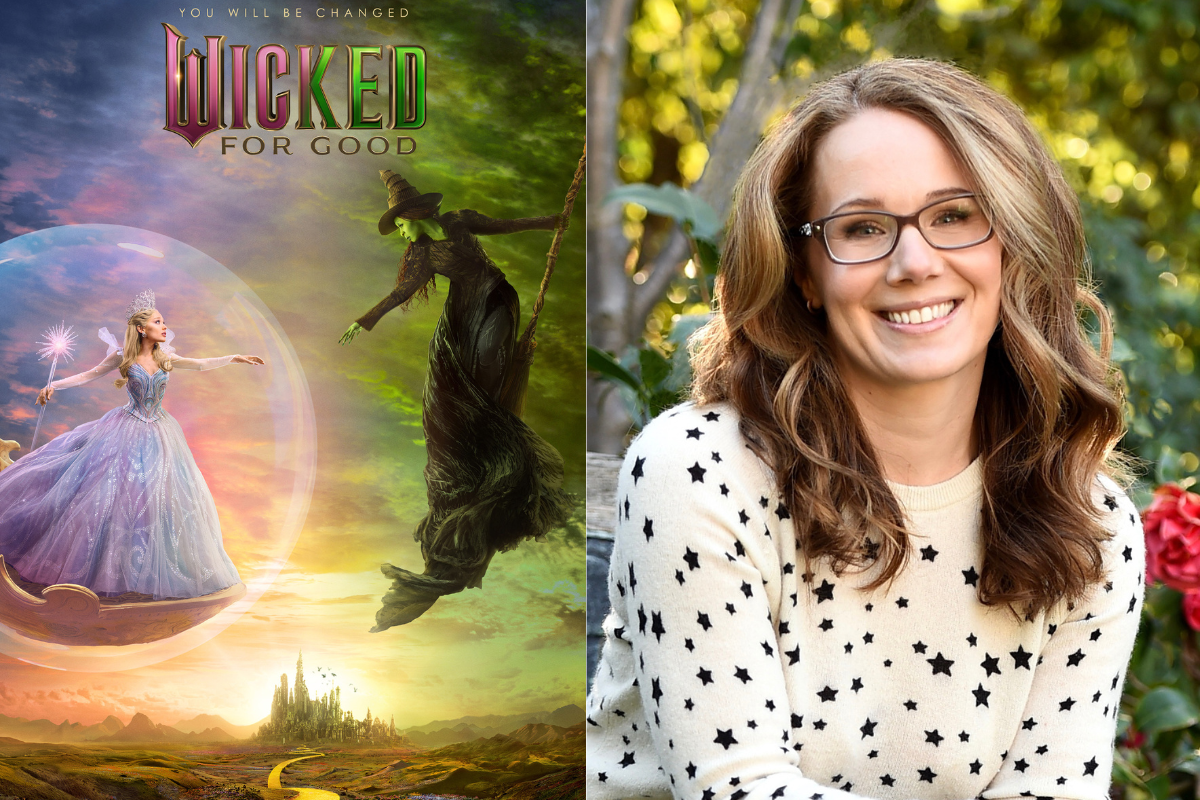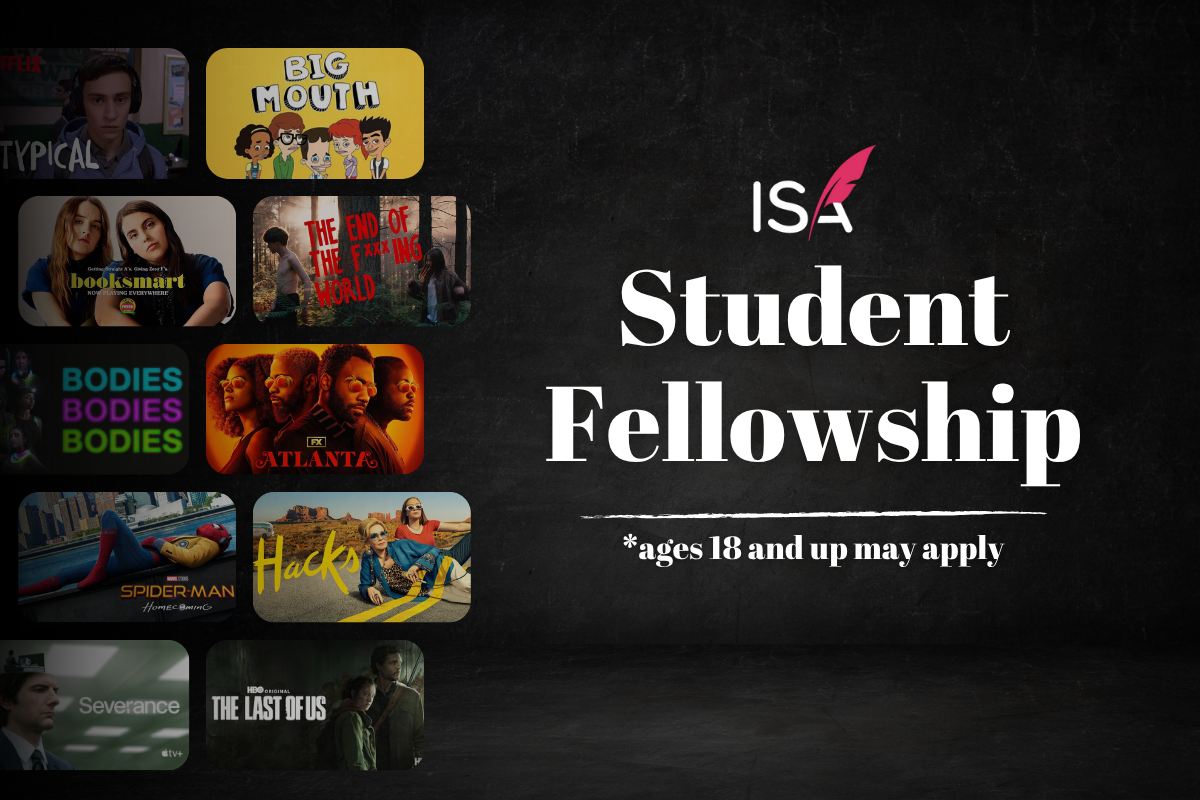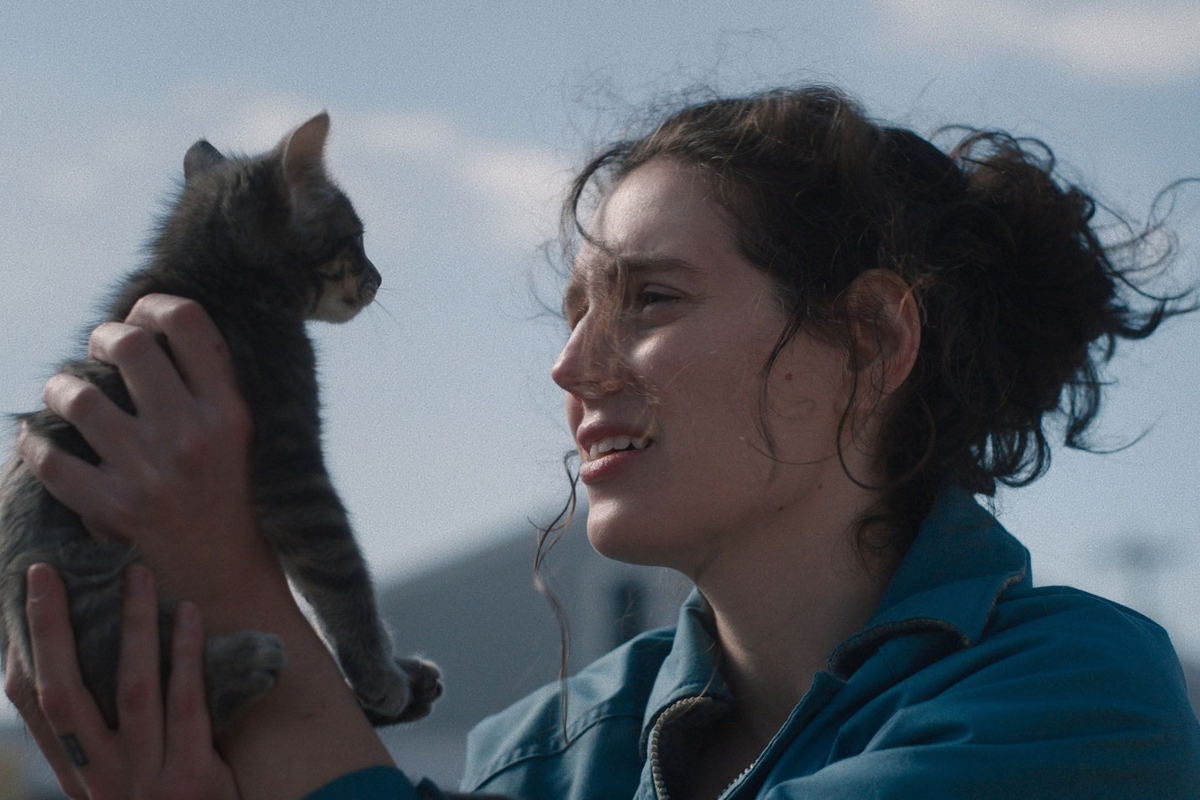Balls of Steel™: Emma Frost on Writing, Charity & Adapting ‘The White Queen’ for Television
Script interviews Emma Frost, writer of the Golden Globe-nominated mini series, ‘The White Queen.’ A must-read for anyone interested in adaptation… and life lessons.
Watching Emma Frost’s Golden Globe-nominated mini series, The White Queen, immediately put her on my list of must-meet writers. I quickly learned, not only is Emma an incredibly talented writer, she’s also a woman with heart, passion and yes, balls of steel. It’s no surprise she’d make the impossible happen by taking on the monumental task of adapting Philippa Gregory’s novels into the critically acclaimed 10-part mini series.
But Emma didn’t always have visions of seeing her name scroll on the big screen. Long before Emma began writing, her first love was fine art. I asked her how a fine artist found her way into this crazy world of screenwriting.
I always was engaged in subject matters about people as opposed to landscapes and still life. I was always painting portraits of two people in a relationship… and I got to the point where I realized I was trying to describe the psychological and emotional relationship in a way a painting couldn’t achieve, which is how I graduated from the visual arts into theater and then screenwriting. As a screenwriter, you are still painting but you have a bigger canvas. You’re still using a visual language to tell stories. Also, scripts are about structure. Everything learned as a sculptor comes to bear when you’re a screenwriter. It’s about building a framework and then fleshing it out after. It was a very natural graduation in my case.
Natural or not, we all know how difficult screenwriting is. A writer needs to be passionate about the craft and process, but how do you break outside of the mold when the people around you have defined you as a fine artist? I asked what drew her to writing and tapped into her love of art.
I went sideways. I was an artist from when I was tiny. I was drawing even before I was properly articulating. People who know me from when I was a kid still say to me, ‘This writing thing… when are you going to go back to what you really are, which is a painter?’ … my identity was bound up in the visual arts. Writing was something I had to teach myself after I finally realized art wasn’t satisfying me anymore. What I wanted to describe and explore actually required a different dimension… a way of describing those relationships in a way a static painting couldn’t do.
Transitioning from one career to another often sends people back to school, but not Emma. She’s a hands-on, learn-from-the-gut kind of artist, working on instinct, dissecting storytelling like a master. Her organic approach to learning screenwriting is brilliant in it’s simplicity.
I think what you can teach about screenwriting, you can teach in a weekend. The only way you learn to be a writer is you watch something that is good, once for pleasure and once with a remote control in your hand. Press pause at end of every scene and write down the function of each scene as a numbered beat sheet. You completely take it apart. If you want to learn how to make a car, the first thing you would do is take it to pieces. I think screenwriting is exactly the same. You forensically dismantle it and analyze it. How many story strands, how many characters, how many scenes, how many sequences, where are the act breaks? Once you’ve seen how some of the real masters of the craft do it, then you have a fighting chance of understanding how to build your own. Even to this day, every time I watch a really amazing TV show or film, I will later go back and break it down on a numbered beat sheet, properly analyzing it’s structure and how it is constructed. That’s the only way you learn. Bad stuff teaches you tons of things as well. You compare the makeup of something that is bad and doesn’t work to something that’s good and understand why one works and one doesn’t.
In fine art and writing, originality and a writer’s voice sets you apart from others. Having my own experience in adapting books, I was curious how she makes a narrative adaptation her own and what her process is for turning another writer’s novel into a screenplay.
First of all, I don't regard adaptations as a completely different beast to original work. When I consider any novel I’m offered as a possible project to adapt, I read it as if it were my own first thoughts. What is the story? What am I responding to here? What is the audience getting out of it? What are the dramatic elements? Read it almost like it is sort of a first draft or a collection of research material. If I was writing an original piece, I would start off by generating loads of pages of what the story is going to be. So actually, you end up at the same stage. You end up with a story written down. Now you have to figure out how this story becomes a screenplay.
What’s interesting about an adaptation is you have the objectivity. You read that person’s novel, and you’re reading it clean. You’re able to record on your first reading what your responses are at any given stage. I always do this thing where I’ll find exactly the halfway point, and I will also find a quarter of the way through, and three-quarters, and I’ll mark the pages. When I’m reading it, I’ll stop when I’m a quarter of the way through, and write down what I think is going to happen, what are the dramatic hits, and what am I waiting for. I’ll do that at each stage because you never get back your first read. You have to retain that freshness, I believe. And I come back to what I wrote down in that first read, time and time again. You become too close to it very quickly, so I find it a valuable thing to always hold onto the freshness of that first read and remember what were you responding to. I refer to it all the time.
Then I step away from the book, and write down, from memory, what the story is because I think it’s very useful to see what you retain and the way the brain simplifies and regurgitates that. What you often find is the bits you leave out are the ones you’ll leave out by choice in the adaptation because they’re narrative points you don’t need.
In adapting The White Queen, Emma had a much larger task than simply turning one story into a television mini series. This epic tale required a detailed, complicated dissection. Undaunted by the Herculean task ahead of her, Emma found the narrative she needed to tell a well-crafted story.
'The White Queen' was an adaptation of three different novels in a series by Philippa Gregory. 'The White Queen' was just the story of Elizabeth Woodville, who becomes the queen of England. The next novel is 'The Red Queen,' which is the story of Margaret Beaufort, who is the mother of Henry Tudor. We didn’t use the third book, which was about Elizabeth’s mother. The fourth book in the series, 'The Kingmaker’s Daughter,' is about Ann Neville, who becomes Richard III’s wife and queen. In novel form, each is just from the point of view of one character. They’re an absolute first person narrative. You never step outside of the point of view of that character. So obviously, for TV show, that’s not ideal, as it could be thin narratively, and with nothing to cut away to, it becomes hard work for an audience to watch.
In order to tell the story fully, we needed to have the three different points of view. They can’t all be the central protagonist because they each think the other is wrong. They each think they should be queen and the other one shouldn’t be. You immediately hit this collision of having to work out how do you combine three novels, three very distinct points of view, that indeed work as novels, but as soon as you try to blend them into one coherent narrative, they can’t all be the heroine, so you have to make a decision, otherwise you’ll push the audience out, whereas what you want the audience to do is very strongly root for one character. One of first things I did was choose Elizabeth Woodville as the protagonist, Margaret Beaufort was clearly the antagonist and Ann Neville as a shape shifter of sorts, the pawn who is caught between them, who has to reinvent herself endlessly. She flows like water. She flows around the other shapes other people make and has to fit in the space that’s left.
As she described the project, I couldn’t help but be envious of that kind of challenge. Call me crazy, but nothing excites me more than wrangling a coherent, compelling story out of complex source material. But the truth is, many writers would be intimidated. Not Emma. Not by a long shot.
It was one hell of a challenge, I have to say. One is trying to always retain what works about the novels and retain the flavor of those novels that the readers loved so much. The books are so clearly a single point of view, yet we had to do something different. It’s one of my greatest pleasures and points of pride that there isn’t a single fan of the books that I can find who doesn't like the series. That’s a point of real personal pride for me that we achieved that.
That achievement is impressive, especially if a reader had already attached themselves to one of the other queens. But Emma was confident of their choice and of a loyal reader’s ability to welcome their artistic decision.
It’s not as if we painted one as a demon and one perfect. They’re all fully formed, three-dimensional human beings. We can empathize with each of them. The story is about a primal chess game between White and Red. Elizabeth is White. Margaret is Red. White is the York. Red is the Lancaster. White is the mother of the Princes in the tower. Red is the woman who tried to murder them. So it’s a really clear fight between York and Lancaster, White and Red, and mother and murderer. The further the story goes on, the more it becomes one very clear narrative, which is the battle of the fate of the princes in the tower, which is one of the most famous unsolved mysteries in British history. We start in the world where each of these three women have their own lives, but the story whips into a vortex about halfway through, where everyone is playing this chess game about the fate of the boys in the tower. One trying to save. One trying to murder. Ann caught in the middle.
One often hears the expression “write what you know,” but writers on assignments aren’t necessarily that lucky. Does one have to love history to tell a tale that’s hundreds of years old?
I’ve always been interested in history but am not a history buff. This project was brought to me. The production company, Company Pictures, had optioned the first book and approached me to see if I was interested in adapting it.
What appealed to me about it were two things. One is the opportunity to write an epic narrative, 10-part series, which is very rare for this country – a massive primetime, series where women were center stage as protagonist and antagonist. It’s a series about women that isn’t reduced to the domestic. What’s incredible about this is it’s women carving out and driving their own stories, but the stakes are so high. It’s life and death, it’s murder and betrayal, it’s battle, it’s ruling the country, it’s fleeing in a ship across the sea in fear of your life. The stakes in this are absolutely gigantic. So it was an opportunity to helm a show that was so big in its scale. Very operatic. High highs and low lows. Its writ very large. We’re not dealing with tiny, psychological minutia. We’re dealing with a fast-paced story that covers 21 years in 10 episodes.
I also thought it was a clear, commercial project and that it would get made. Obviously, that does have a bearing on the decisions that you make. It was an incredibly exciting challenge, and something I thought I could do well, and I wanted to make sure these women were served well and that their stories were properly told.
Still, adapting a piece of this significant historical period in British history has to be intimidating on some level. Instead of having history limit her artist options, Emma welcomed the advice and guidance of the books’ author, Philippa Gregory.
Philippa Gregory is a historian and is brilliantly useful in being the gatekeeper of historical facts. My response is to not care if it’s real or not real. My response to the novels when I’m adapting them has to be the same as if it was a fictional narrative. I just ask what is the story? Who are the main characters? Does the story work? What do I have to do to this novel to turn it into a screenplay that will work on television? Philippa has a relationship with history. My relationship was with her novels. My relationships with her novels is no different, for example, to the relationship I had with Jamaica Inn, which is a novel I have more recently adapted and is entirely fictitious.
My job is to make sure that I don’t become too much of a slave to history and to make sure it works as a drama. Other people can then say to me, “No, no, Emma, that’s historically incorrect,” and I might change it, or I might not. I think it’s important as a dramatist that your duty is to the audience. Your duty is to make it entertaining and engaging not to try to preach to them or teach them by giving them big chunks of exposition.
The obvious challenge with anything historical is that similar projects often exist. But Emma wasn’t fazed by the intense popularity of Game of Thrones (GoT). She simply put it out of her mind and did her job.
GoT was written based upon this period of British history and based upon the same source material as The White Queen. Both George R.R. Martin and Philippa read The War of the Roses period and wrote a [separate] series of novels based on it. So they are both legitimate. GoT uses dragons and supernatural elements and turns it into a mythic, fictional place. Philippa’s novels kept it very rooted in terms of the real history, but they’re just two different creative responses to the same source material. On a personal level, I didn't even watch GoT when I was writing this until I was finished because I didn’t want to be influenced or distracted by it.
Surviving the interpretation of battles for the crown and real-life war wounds from being a writer require finding balance in life. Emma’s quest for making a difference off the screen lead her to an unexpected place… the slums of Africa.
I’d been looking for a charity to get involved with for a long time, because film and television are trivial. I make up stories for a living; I’m not curing cancer. There’s a point when you want to give something back to the world and do something that actually matters rather than for the greater glory of your own ego. I met the director of the charity, Anno’s Africa, at a friend’s birthday party. It’s a small, family-run charity. Bee Gilbert, who is the director, set up it up because of her son, Anno, had tragically died in a car crash two weeks before his 21st birthday, along with two other members of the band he was in. Anno had no particular connection to Africa, but he was a very talented poet and musician. Bee decided she was going to set up an arts charity in his memory, choosing Africa simply because that was a place where she felt there was the most need. I suspect there was also an affinity because she had lost a son, and so many children there had lost parents due to AIDS. They were missing a mother and she was missing a child. There was a very natural emotional connection there.
For me, it was an opportunity to be involved in a charity that was very grass roots. We spend every single penny we raise on the ground in Africa with the children. I don’t have any children of my own, but I have nieces I’m very close to, and I love children. It was an arts charity, and I knew I had something to offer. Because it was a tiny, family-run charity, there was potential for a proper role. I spend time in South Africa and in the slums in Nairobi, and I teach. I never teach writing. I teach mask making, set and costume design, painting. I teach all the old stuff I used to do, so it’s great fun for me as well. But also I run most of the fundraising events that happen in the UK, and actually we’re about to have a big launch in L.A. early next year.
With such a varied personal background and professional success, I presented Emma with my well-known final interview question: If she could go back in time, what advice would she give to her 18-year-old self?
It would definitely be to trust the journey. I’ve traveled. I’ve jumped out of airplanes. I’ve done all that stuff. There was a time I was drifting before writing started to make any sense, and I really thought I made a terrible, terrible mistake because everyone had always said what a good artist I was. In the early stages of being a writer, you’re scrambling around, trying to get a gig on a crappy soap. There was a point when I thought I made the most terrible mistake, and that I’d only ever be a not-very-good writer. I was quite unhappy. In retrospect, I can totally see that every part of the journey has made sense. I wish I had known that then. If I had, I would have enjoyed all those other things I did a lot more, but at the time, I was so busy worrying that I wasn’t getting anywhere, that I didn’t always remember to look up into the sunshine and enjoy the moment so much more. I was too busy thinking, ‘I shouldn't be doing this. I’m wasting time.’ I think it’s about trusting the journey because you have to just trust you’re doing the thing you should be doing and that it will all make sense further along the line.
There is no doubt Emma Frost is doing what she was born to do – using her talents to entertain and inspire us. Her determination to craft a compelling and thoughtful adaptation are proof of not only her storytelling talents, but also of her respect for another writer’s work and for history. Her passion for writing and for Anno’s Africa is infectious.
If you’d like to help Anno’s Africa, watch for their upcoming charity auction. Emma reached out to fellow celebrities to create an impressive fundraiser, including items such as clothes/costumes worn by Twiggy, Benedict Cumberbatch, a Wolf of Wall Street crew jacket, a costume worn by Matt Le Blanc on Episodes, and an autographed script written by Jane Espenson. The launch date for the upcoming charity auction hasn’t been set as of this publication date, but for more information, please follow Emma on Twitter, @EmmaFrostLondon and also the Anno’s Africa account, @Annos_Africa. They’re on the lookout for volunteers for their upcoming L.A. event next year. Simply tweet them to get involved.
Related Articles and Tools to Help:
Jeanne Veillette Bowerman is a Senior Executive at Pipeline Media Group and Book Pipeline, Editor-in-Chief of Pipeline Artists, Director of Symposium—a year-round conference in the arts, co-host "Reckless Creatives" podcast, partner at Fringe Press, former Editor-in-Chief of Script magazine and a former Senior Editor at Writer's Digest. Recognized as one of the "Top 10 Most Influential Screenwriting Bloggers," her "Balls of Steel" column was selected as recommended reading by Universal Writers Program. A compilation of her articles is now available at The Writers Store—Balls of Steel: The Screenwriter's Mindset. She is also Co-Founder and moderator of X's weekly screenwriters’ chat, #Scriptchat, and wrote the narrative adaptation of the Pulitzer Prize-winning book, Slavery by Another Name, with its author, Douglas A. Blackmon, former senior national correspondent of The Wall Street Journal. More information can be found on her website. X: @jeannevb | IG/Threads: @jeannevb_ | BlueSky: @jeannevb.bsky.social


